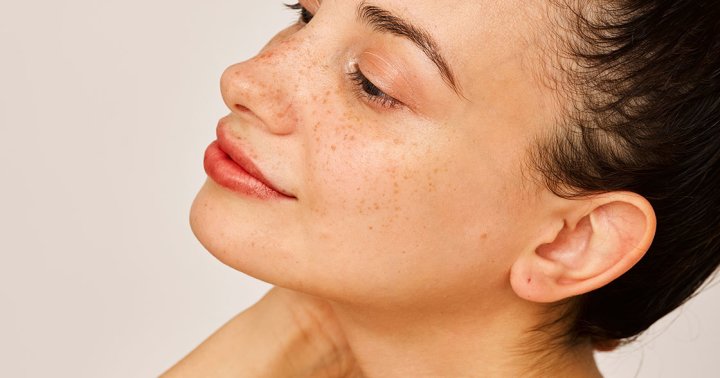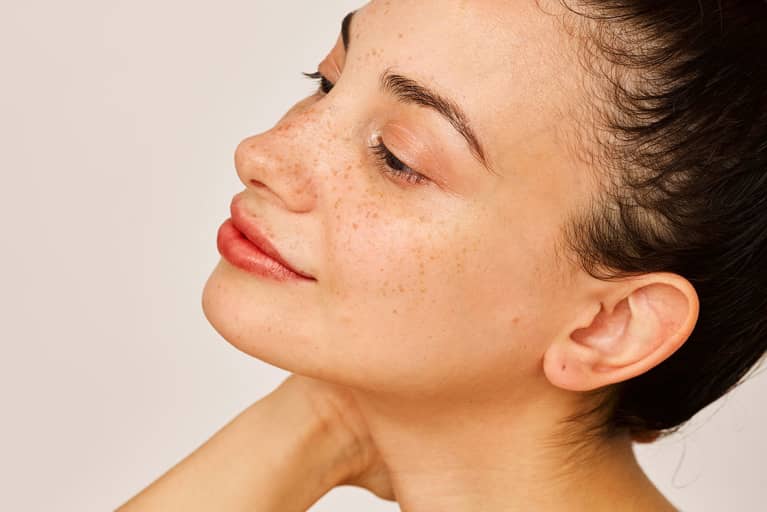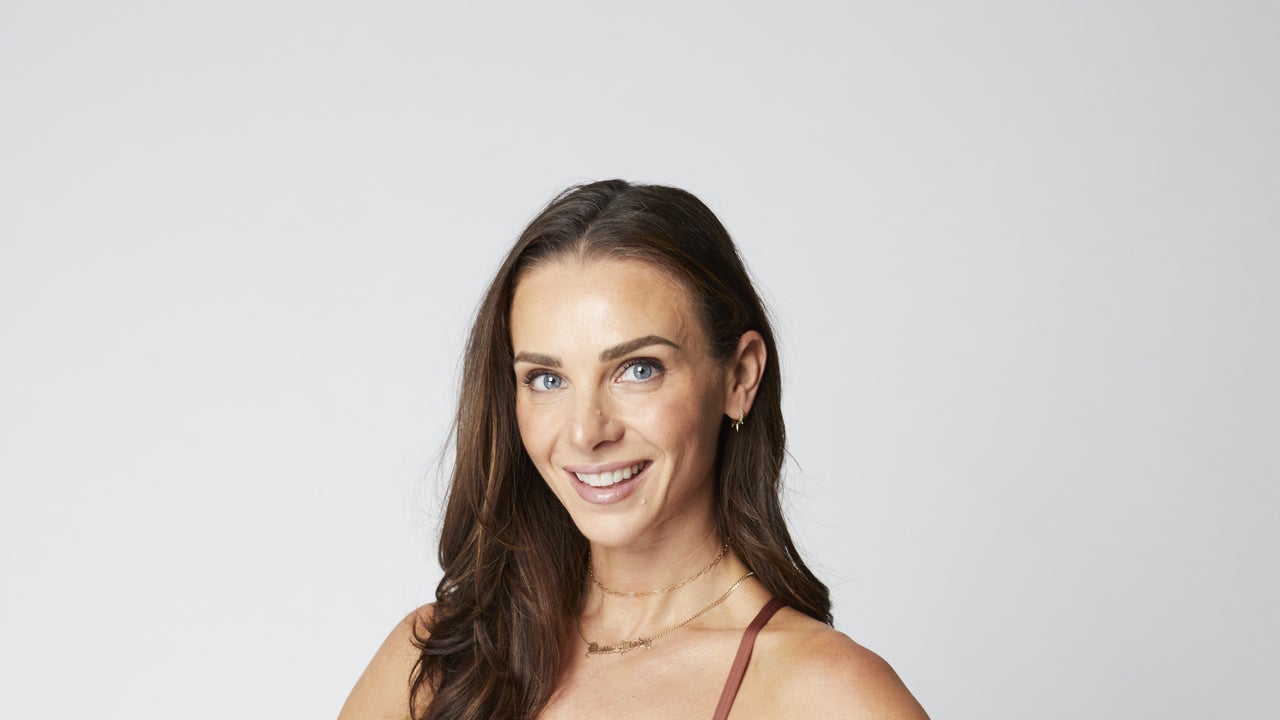How To Cycle Your Skin Care Products If You Have Rosacea, From a Dermatologist
Here's a step-by-step guide.


Our editors have independently chosen the products listed on this page. If you purchase something mentioned in this article, we may earn a small commission.
If you or someone you know has rosacea, you’re probably familiar with the nuanced care that goes into treating this condition. To highlight a few action items: It’s important to focus on avoiding triggers like caffeine, spicy foods, and the sun; you should also try to run your skin care products by a professional before buying them to make sure they’re safe for your skin.
On that note, how you use said products can also play a significant role. Just take it from Whitney Bowe, M.D.: The board-certified dermatologist took to TikTok to share a specific skin cycling routine for those with rosacea, and below, we detail her step-by-step guide to get the the most out of your rosacea-safe regimen.
How to cycle your skin care for rosacea.
Functional Nutrition Training
A cutting-edge nutrition deep dive taught by the world’s foremost health & wellness experts

If you’re unfamiliar with the concept, skin cycling refers to using certain skin care products each night of the week to increase their effectiveness and safety. Bowe has previously explained her holy grail skin cycling routine, which calls for one night of exfoliation, one night of retinol, and two to three nights of recovery (which means no active ingredients).
If you have rosacea, however, this routine follows a slightly different form. You'll still use the same general concept but might need to make some tweaks to the specific products and order of events.
This step calls for chemical exfoliants. Azelaic acid is a great option for this step, as it exfoliates the skin and may help calm rosacea (it’s pregnancy-safe, too!). But you don’t just want to slather on any chemical exfoliant, Bowe warns.
“You want to look for exfoliating acids with a total concentration less than 15%,” Bowe says. This way, you can safely slough dead skin cells without irritating your skin. This will give your skin an immediate glow (as exfoliating famously does) and prep for the next night as well. The 10% Azelaic Acid Emulsion by Naturium is a great option for this step.
While prescription-grade retinoids like Tretinoin or Tazorac may be great for those with acne-prone skin, they’re not the best to use on rosacea. “Instead, you want to use an over-the-counter retinol or retinaldehyde,” Bowe explains. You can read all about the difference between retinoids and retinol here, but overall retinol and retinaldehyde are more gentle and less irritating than their prescription-strength counterpart.
When shopping for a retinol product, be mindful of the formula you buy. “Ideally, [choose a retinol] that’s in an encapsulated formula or a sustained released formula,” Bowe explains. Those specific formulas are more gentle, which is perfect for rosacea-prone skin. Here’s a list of our favorite retinol serums, if you’re interested.
While Bowe typically recommends two recovery nights for skin cycling, those with rosacea should add in a third for good measure. On these nights, reach for hydrating products only and cut back on any active ingredients.
“The skin barrier is known to be especially vulnerable in people who suffer from rosacea, so it needs a little extra love,” Bowe says. Look for products that contain ingredients like hyaluronic acid, aloe vera, glycerin, and jojoba oil to replenish moisture in the skin. Bowe recommends using all fragrance-free products as well, just to be safe.
Once the cycle has ended, it’s time to repeat! Of course, everyone’s skin is different, so pay close attention to how your skin reacts to this routine and adjust accordingly. Rosacea can be difficult to treat, so always speak with a dermatologist before trying out new products or practices.
Skin cycling is a great way to get the most out of your skin care products and maintain a healthy moisture barrier. If you struggle with rosacea, though, the typical skin cycle is a bit more nuanced. Remember to use a chemical exfoliant with a concentration below 15% and add in a third night of recovery. When it comes to treating rosacea, it’s important to note the internal influences as well. Here’s a list of three unexpected rosacea triggers from a dermatologist you may want to check out.
https://www.mindbodygreen.com/articles/skin-cycling-for-rosacea

 ValVades
ValVades 






























